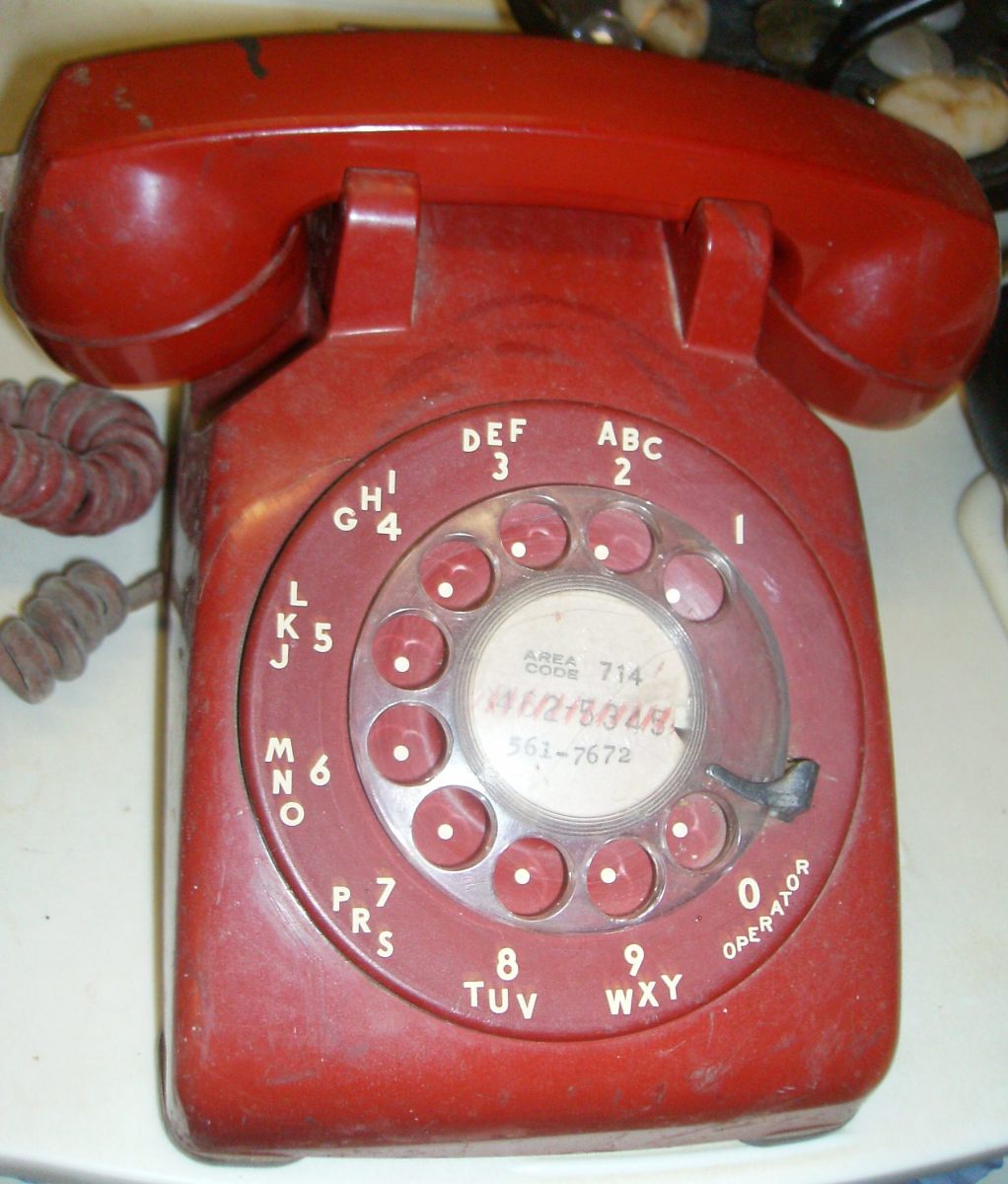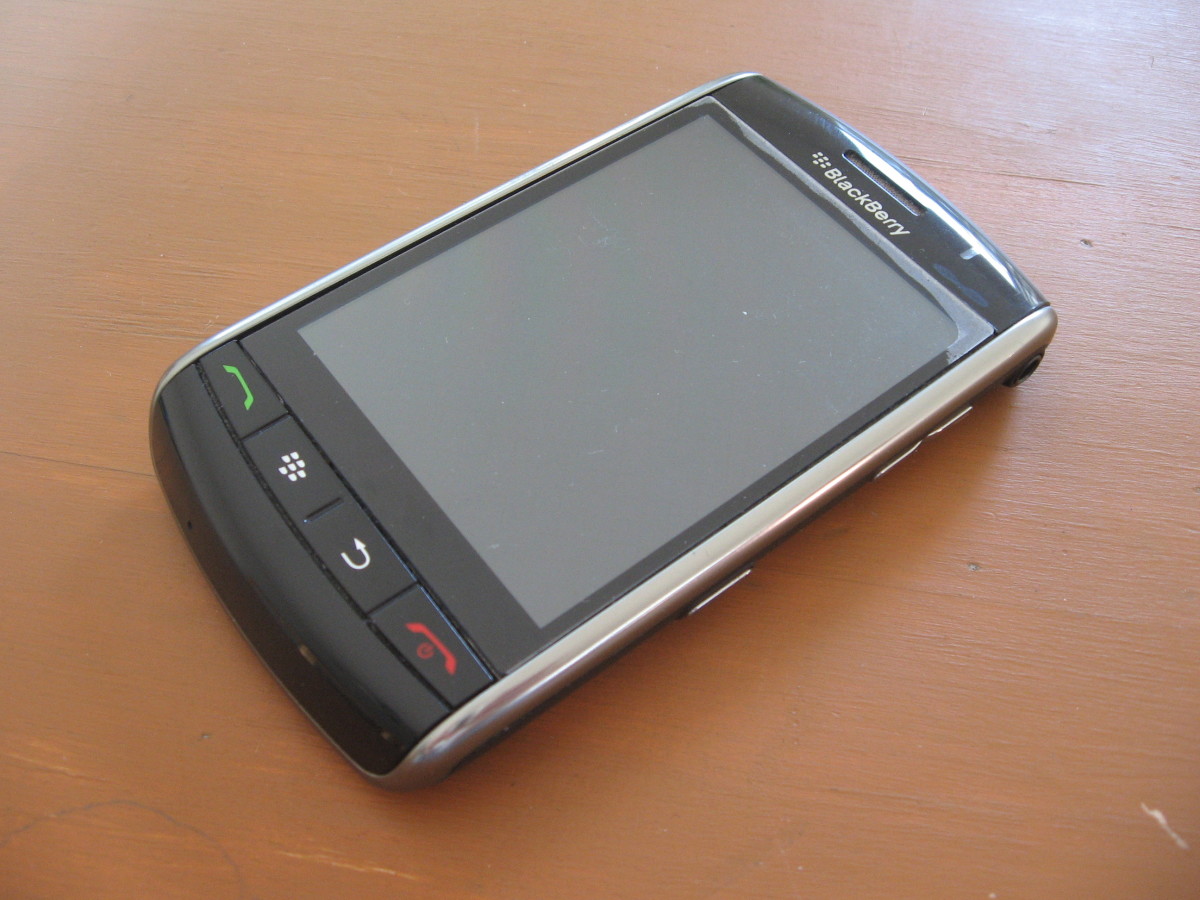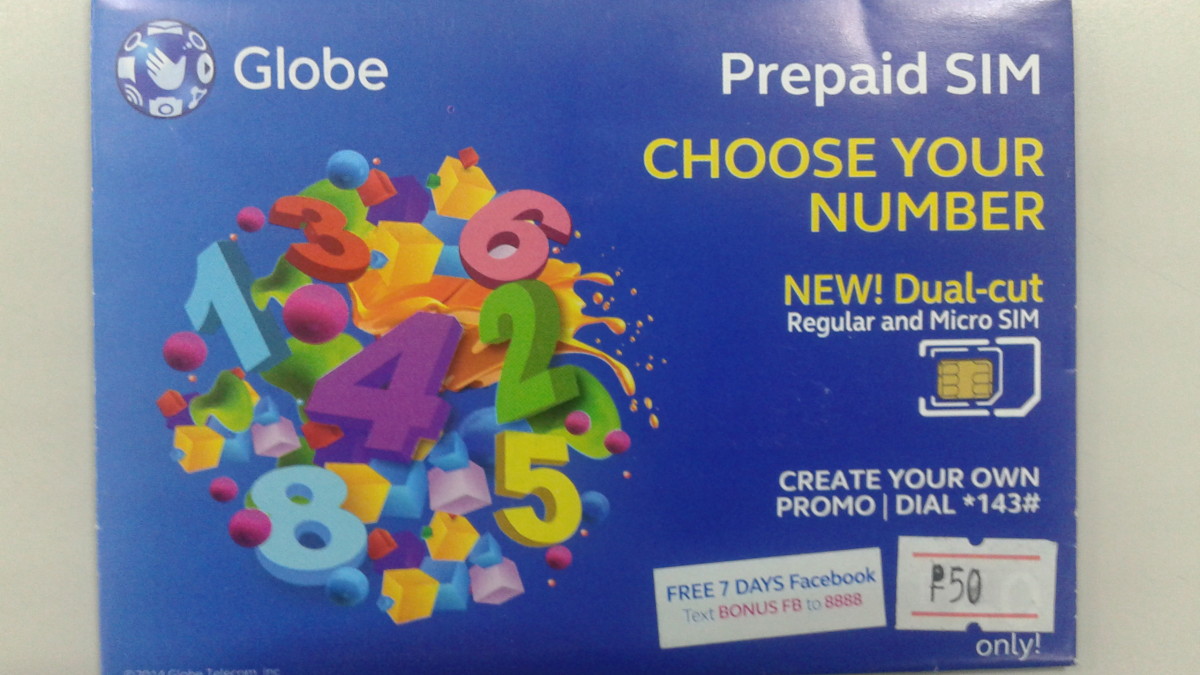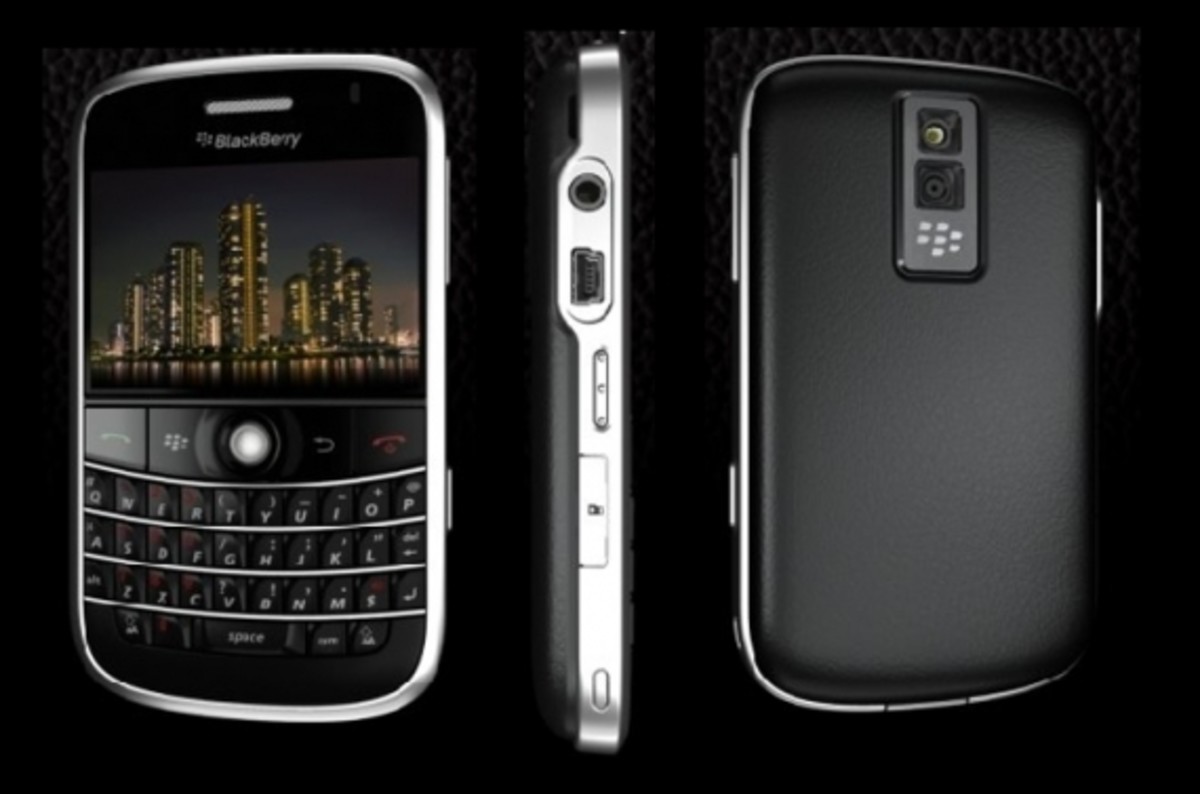Facts about GSM technology

Today we are all dependant from those small gadgets, tablets, PC’s and the most important thing we all carry in our pocket is our cell phone. You can forget your wallet, but never your phone. We must admit that our life lies in these small gadgets. All the people that we communicate with every day have at least one of these devices. The difference between these devices is in the functionality. Cell phones until now were the most used devices. However, electronic and computer industry cannot stop surprising customers with new gadgets. Smart phones and tablets are the devices which are highly popular these days. They differ from the older generations of cell phones because of the many additional functions they offer. They actually are All in One mini computers.
We all use them, but not many people really know how they really work. It is quite very simple and we will try to describe what an SMS is, what is a GSM network, what is 3G network, 4G network and some facts about WiFi networks.
It all began with the announcement of the GSM network. The concept of GSM network was revealed in 1980’s. The name derives from the term Global System for Mobile communications. It describes the concept of communication of the mobile networks from the second generation, or the popularly 2G cell phones. This generation covers the bandwidth from 850 to 960 MHz. In addition to our explanation, we must mention the other two classes of data communication, which enabled packed data communication in mobile networks called GPRS and EDGE. This initial concept has proven to be very effective and cost efficient. Nowadays we are all witnesses to new types of networks with greater performances. 3G or UMTS is one of the modern types of communication. It uses the frequencies from 1800 to 2100 MHz. This type of network characterizes with greater streaming of videos and music. The maximum speed of download of any file is significantly greater than the data transfer speed in 2G networks. 3G is followed now by the newest type of cellular networks called 4G, or LTE which stands for Long Term Evolution. The maximum data transfer speed ranges from 2 and up to 40Mbps.
GSM networks have always been popular, so some of the services that we all use are very familiar. The revolutionary service that has always been widely accepted is the SMS.
How mobile phones work?
In order to describe how cell phones work, we must first describe how one cellular network works. The whole network is organized in cells, consisted of BTS’s (Base Transceiver Station), BSC (Base Station Controller) and MSC (Main Switching Controller). All these parts work together to ensure high quality service. One client or cell phone is located somewhere in the network. Cell phones are differed by one characteristic called IMEI. Every cell phone has different IMEI. The IMEI and the number are the two things that every BTS needs to know for the client. Every 20 minutes, the cell phone emits signal to the nearest BTS, of course from the home network, telling it: Hey I am here nearby, in case someone looks for me. This message enables the BSC and MSC to know the correct location of the client. The concept is the same for every client, or mobile station everywhere in the network. This is the main fact why GSM offers mobility to the users. To better understand what we are writing about, take a look at the following picture.
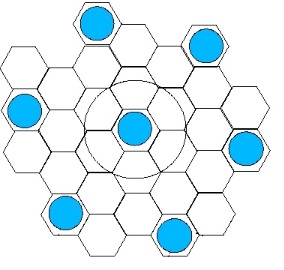
The blue dots are called BTS’s and they cover a defined area in the network. The client, or the mobile station is somewhere in the network, so you can see that every BTS is aware of its existence. After the BTS informs the BSC about the location of the mobile station, the information is sent to the MSC, so that the MSC will be able to make the switching, in case the client is called. This is about the initial concept of the GSM, which we think would be understandable to everyone.
What is SMS?
First of all we must define what the term SMS means. It derives from the technical term Short Message System. This explains how it got the name. It represents a cheap way to communicate with other people, and this is the main fact why its popularity increases. It is called Short, because the number of characters that can be sent is limited to maximum of 160 characters, when the user types the message with alphabet letters. It is pretty simple to use it, so we are not going to describe how it should be done. The most interesting to know is how are SMS’s sent to recipients phone numbers. The brief description in the section called How mobile phones work is used here also. When the cell phone communicates with the nearest BTS, the communication is enabled through control channel. When you text your message, it goes through the network encoded. You know the popular 10101010 language. The encoding will be a subject in another article, because if we provide description here in this article, it will be a mess. First it is sent to the nearest BTS by the control channel. The next stop is the SMSC (Short Message System Center), where the data is decoded, because the SMSC needs to know where to send it. After this, the SMSC codes the message again and sends it to the final recipient.



